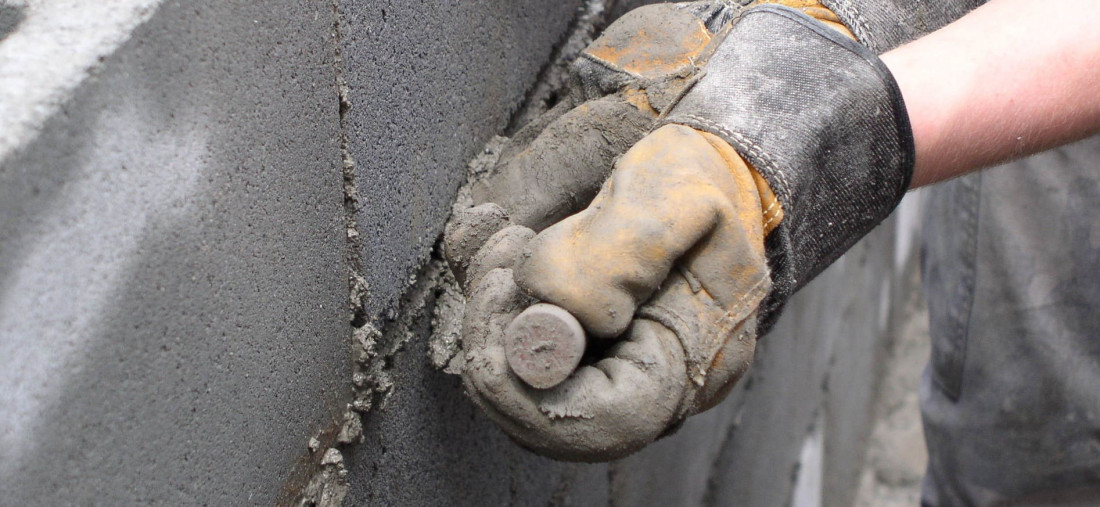For centuries, historians have marvelled at the artistic techniques applied in building the ancient sites of the Colosseum and the Roman Forum. While civil engineers have been in awe at the construction techniques employed in building the Pantheon. Construction chemical suppliers and manufacturers, however, have been less interested in the wonders of Rome, as for years the recipe for making Roman concrete has been (for the most part) known; volcanic ash, lime (the product of baked limestone), and water.
But now it seems that construction chemical producers can still learn something from how the Romans made concrete, and it may well change thinking in the construction chemical sector. This is because a research team working at the US Department of Energy’s Lawrence Berkeley National Laboratory (Berkeley Lab) have used X-rays to microscopically analyse segments of Roman concrete and found that the use of seawater in building harbours and piers in the Roman Empire may have given the concrete extra durability.
As the Berkeley Lab website reports, “The team’s earlier work at Berkeley Lab’s Advanced Light Source (ALS), an X-ray research center known as a synchrotron, found that crystals of aluminous tobermorite, a layered mineral, played a key role in strengthening the concrete as they grew in relict lime particles.”
The research team believe that the tobermorite crystallized in the lime as the Roman concrete generated heat when exposed to sea water. This led the team to carry out a more detailed study of the harbor walls using an electron microscope to map the distribution of elements.
As the BBC reports, “The team also used two other techniques, X-ray micro-diffraction and Raman spectroscopy, to gain a deeper understanding of the chemistry at play.” This allowed the chemists to find, “significant amounts of tobermorite growing through the fabric of the concrete, with a related, porous mineral called phillipsite. The researchers say that the long-term exposure to sea water helped these crystals to keep on growing over time, reinforcing the concrete and preventing cracks from developing.”
Berkeley lab also notes how, “The minerals form fine fibers and plates that make the concrete more resilient and less susceptible to fracture over time. They may explain an ancient observation by the Roman scientist Pliny the Elder, who opined that the concrete, ‘as soon as it comes into contact with the waves of the sea and is submerged, becomes a single stone mass, impregnable to the waves and every day stronger.’”
“Contrary to the principles of modern cement-based concrete,” said lead author Marie Jackson from the University of Utah, USA, “the Romans created a rock-like concrete that thrives in open chemical exchange with seawater.”
As the study states (pdf), “The cementing fabrics of Roman concrete breakwaters and piers constructed with volcanic ash mortars provide a well-constrained template for developing cementitious technologies through low-temperature rock-fluid interactions, cation-exchange, and carbonation reactions that occur long after an initial phase of reaction with lime.” It continues by outlining in detail how, “Roman marine concretes can provide guidelines for the optimal selection of natural volcanic pozzolans that have the potential to produce of regenerative cementitious resilience through long-term crystallization of zeolite, Al-tobermorite, and strätlingite mineral cements.”
While at present much of the research may seem like the abstract examination of old seawalls, the discovery is not only surprising, but also may lead to the development of improved modern concretes. As Berkeley Lab reports, “The work ultimately could lead to a wider adoption of concrete manufacturing techniques with less environmental impact than modern Portland cement manufacturing processes, which require high-temperature kilns. These are a significant contributor to industrial carbon dioxide emissions, which add to the build-up of greenhouse gases in Earth’s atmosphere.”
Knowing how concrete changes, and even grows, over time, could also be used to make a concrete that has less environmental impact. If that is the case, then the construction chemical sector could be on the edge of a new era.
Global governments are fighting for new ways to lower carbon emissions, the demand for concrete has never been higher, and the third world will soon be looking to construct the high-rise buildings enjoyed by the developed world. As ocean levels rise over the coming decades, the need to build sea walls will also increase, meaning that knowing what the Romans knew about concrete could help construction chemical suppliers everywhere.
Photo credit: University of Utah
Photo credit: JP Oleson

